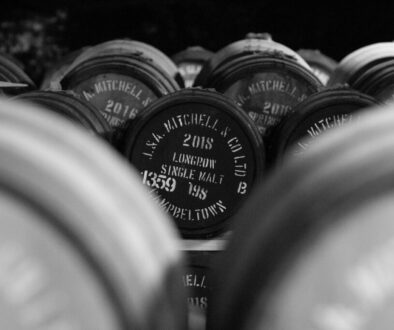In 2018 bottles of rare whisky were included in the Knight Frank Luxury Investment Index for the first time after they outperformed gold, art and jewellery. While their continued presence in the index confirms that whisky is now considered a luxury asset, you cannot use the success of whisky bottles to indicate how a cask of whisky might perform as an asset.
Like comparing bricks to houses
Bottles and casks of whisky are fundamentally different products, and comparing them is like comparing buying bricks and mortar versus purchasing a luxury, penthouse apartment in a nice part of London: One can be used to make the other, but without the other key ingredients that go into making a premium, sought-after product (having the right land, architects, builders, decorators etc. in the case of an apartment and having the right name to put on your bottle and the correct licences in the case of whisky) you simply have a large quantity of building material, which you probably need to pay to store.
Collecting bottles of rare whisky
Rare whisky bottles are not bought to consume. They are purchased as a status symbol, and that status is determined by the branding of the bottle and the scarcity, which give the bottle a subjective value. Collectable bottles are usually limited edition, no longer available and by and large they are released by the distillery.
For example, in 2019 a bottle of whisky broke the record for the most expensive bottle of whisky sold at action by hammering at £1.5 million. It was a bottle of Macallan distilled in 1926 and one of just 40 bottles (and even less of that particular label style). It is impossible to compare this product to your modern cask of whisky. Even if your cask was a 1926 Macallan it is unlikely that you could sell the bottles from it for the price achieved for the record breaking bottles because you would not be selling it as the distillery; brand makes a big difference to the eventual value of a bottle.



